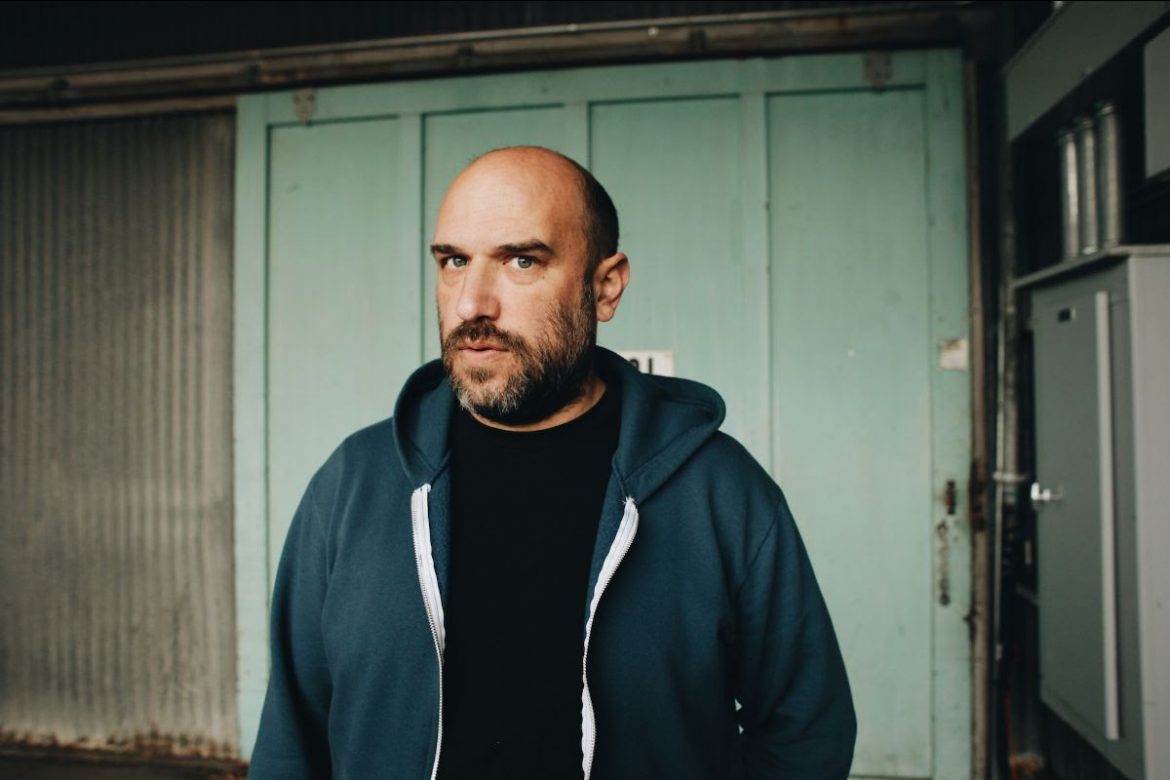Pedro The Lion returns with Havasu
Out today on Polyvinyl Recording Co. and Big Scary Monsters, the album follows Bazan’s triumphant return to his old band moniker on 2019’s Phoenix.
LISTEN:
https://pedrothelion.ffm.to/
|
“…on Phoenix, Bazan turns the mirror on himself in ways he never has, scouring a childhood spent in the Sonoran desert for a real understanding of his deepest flaws and most fundamental beliefs.”
Pitchfork “Reflective and revealing, it’s a remarkable opening to a new chapter in Bazan’s musical history.” Driving the inscrutable loops of Havasu’s lakeside, Bazan listened through an audiobook of Tom Petty’s biography, eventually dialoguing with Petty’s voice in his mind. A revelation from the book—that Petty subconsciously wrote the song “Wildflowers” as an act of kindness toward himself—inspired Bazan to approach his own work with radical generosity toward his young self. “I wanted to be there for that kid,” he offers. “That twelve year old still needs parenting, and still needs to process.” To revisit his past with openness, Bazan modified harmful work habits he’d accepted as necessary. That meant doing away with deadlines, and accumulating moments of play as he felt moved to—“Rather than squeezing stones every single time. I’m on a slow journey away from that,” he clarifies. As he worked through the music that became Havasu, flexibility and curiosity informed the arrangements. Bazan began writing on a simple synthesizer and drum machine setup. He detoured to a more elaborate assortment of analog electronic equipment, then woodshed his original two-handed keyboard arrangements on fingerpicked acoustic guitar. Concurrently relearning his catalog for a weekly series of livestream concerts also renewed his gratitude toward songwriting. “I was trying to evaluate what I have to show for 20 years of kicking my own ass,” Bazan quips about the strenuousness of full-time touring. “But the garden of my songs is what I’ve been building. It doesn’t have to be an ego test.” Approaching his discography with appreciation reconciled cognitive dissonance about the music of his childhood, which Bazan had dismissed as cheesy. “As a kid, that Richard Marx song would come on and I would swoon. I’ve been working my whole life to pretend that wasn’t there, and I wanted to honor the sappy, emotional kid that I was. It helped me see myself,” he admits. When he entered the studio with co-producer and engineer Andy D. Park (who worked in the same capacity on Phoenix), Bazan planned to make a desolate, desert-informed record. But the duo quickly realized a rock configuration closer to Pedro’s classic sound would convey the landscape and stories best. Bazan switched to a Les Paul, which brought smoothness and linearity; though he’d planned to use a drum machine, he laid down scratch drum kit and bass as an experiment. Listening back the next day, those initial rhythm section takes had a sense of joy and ease that augmented the record’s themes of psychic healing. “First Drum Set,” which faithfully chronicles Bazan’s lifesaving switch from clarinet to drums, builds the explosive jubilation of musical self-discovery into triumphant fills, like a throbbing heartbeat overflowing with love. “Teenage Sequencer” takes on the rattling anxiety of mind-body disconnect, using trepidatious bass, vacillating guitar slides and hopeful tambourine to evoke the crushed-out ups and downs of the mutable edge of thirteen. “There goes nature, pulling me along like a sequencer,” sings Bazan, wondering: “Will I always be a teenager now?” And on “Making the Most Of It,” stuttering hi-hat adorns downtempo, arpeggiated guitar, adding playfulness to a reckoning with concealed emotion. “I can go along to get along, but let me know when I can quit making the most of it,” Bazan shrugs. Yet the contrasting optimism of the music reflects an imperative to communicate feelings both light and heavy: to break through the scar tissue of tender memory and find peace. Though Bazan wrote, arranged, and performed most instruments himself—as is characteristic of most of his work, solo and with Pedro the Lion—several key collaborators helped him find the self-accepting tenderness needed for Havasu. Pedro live drummer Sean T. Lane makes appearances on every track, but on a self-constructed noisemaking instrument called “the bike.” It’s composed of various metal objects and strings mounted on a bicycle frame, rigged with contact mics and run through a drone-accentuating pedalboard. “It can be percussive, it can be ambient. It’s a real nightmare machine. It’s just great,” Bazan enthuses, highlighting its crucially menacing counterpoint to the otherwise “wistful, melancholy, guilty pleasure romcom” progression of “Own Valentine.” A warm moment exploring his synth setup with longtime collaborator Andy Fitts led to the insistent new wave sound of “Too Much.” And on album opener and cinematic scene-setter “Don’t Wanna Move,” a riff appears that was first devised by Pedro guitarist Erik Walters and used on Phoenix’s closer. “I was psyched to open this record with it,” Bazan says. “I’m trying to have a flow between the records, so if people want to engage with that, there’s something there.” Though the next three albums in the series are not fully written, Bazan currently understands Phoenix and Havasu Sadie Dupuis, 2021
|
